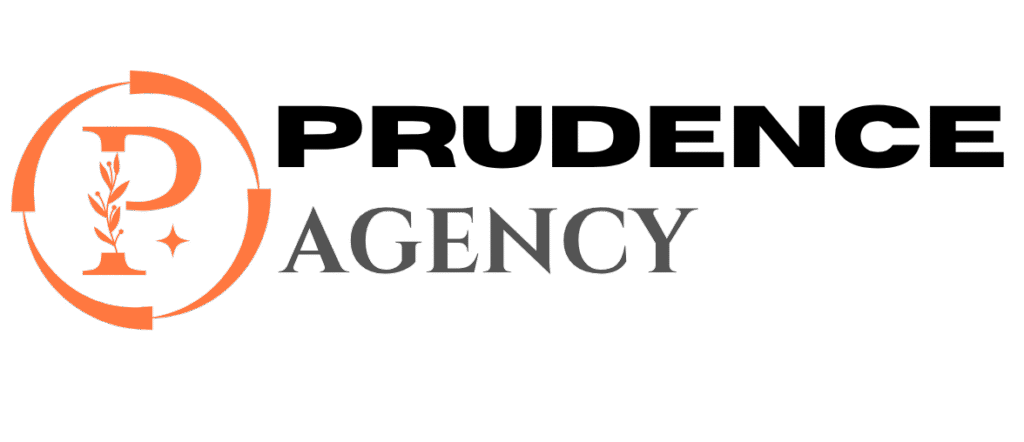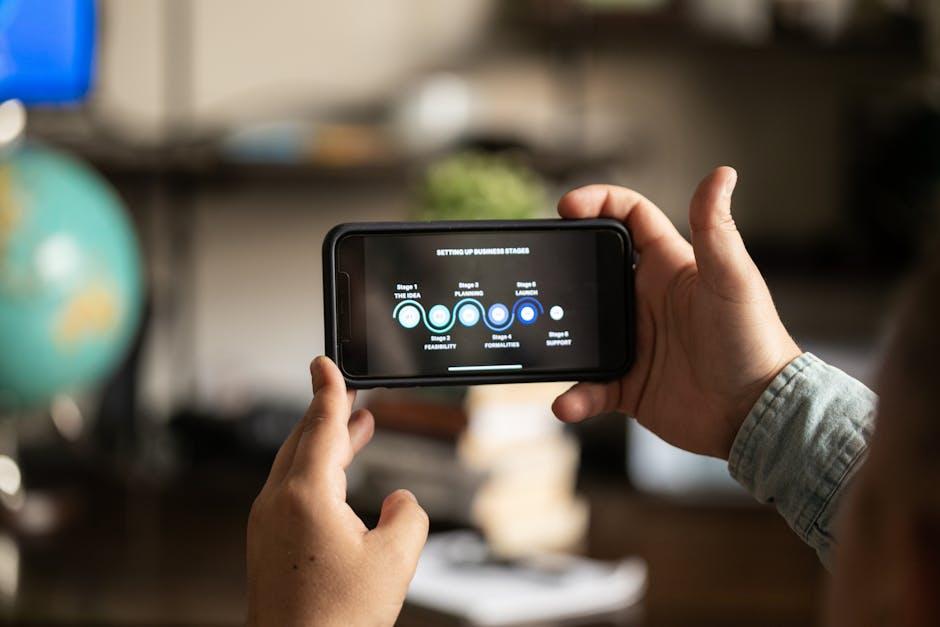Marketing Funnel Stages Explained: A Complete Guide to Boost Your Sales
Understanding the marketing funnel stages is essential for any business or marketer who wants to attract, engage, and convert prospects into loyal customers. The marketing funnel, often called a sales funnel, represents the buyer’s journey from awareness to purchase-and beyond. In this comprehensive guide, we’ll break down each stage of the marketing funnel, explain their importance, and share practical tips to help you optimize your funnel for higher conversions.
What Is a Marketing Funnel?
A marketing funnel is a model that visualizes the path a potential customer takes from discovering your brand to making a purchase and becoming a repeat buyer. The funnel metaphor illustrates how many potential leads enter the top of the funnel, but only a smaller percentage complete the buying process at the bottom.
With clearly defined stages, you can tailor your marketing strategy to meet your audience’s needs at each phase, creating a seamless and effective customer experience.
The Key Stages of the Marketing Funnel
The marketing funnel traditionally consists of four to five stages. These can vary slightly depending on the industry, but the fundamental structure remains consistent.
| Stage | Description | Primary Goal |
|---|---|---|
| Awareness | Potential customers discover your brand or product. | Attract targeted traffic |
| Interest | Leads show interest by engaging with your content or offers. | Nurture engagement and educate |
| Consideration | Prospects evaluate your product or service against options. | Build trust and provide value |
| Conversion | Leads make a purchase or complete the desired action. | Close the sale |
| Loyalty/Advocacy | Customers become repeat buyers and brand advocates. | Retain and reward loyal customers |
Stage 1: Awareness
The awareness stage is the very top of the funnel, where your potential customers first learn about your brand, products, or services. At this point, the audience often doesn’t know they have a problem your product solves.
Common Strategies:
- SEO to increase organic visibility
- Content marketing (blogs, videos, infographics)
- Social media marketing and paid ads
- Public relations and influencer collaborations
The goal here is to draw in a wide, relevant audience and generate awareness of your brand’s existence.
Stage 2: Interest
Once prospects become aware, the interest stage focuses on engaging and educating your audience. This is where you start building a relationship and demonstrating your value.
How to Engage Leads in This Stage:
- Offer free resources like ebooks, webinars, or guides
- Encourage newsletter signups or social media follows
- Use targeted email marketing to nurture curiosity
Stage 3: Consideration
During the consideration stage, prospects actively evaluate your product or service versus competitors. They begin shaping their purchasing decision, often seeking proof and reassurance.
Effective Tactics Include:
- Providing detailed product demos or free trials
- Sharing customer testimonials and case studies
- Offering live chat for personalized support
- Highlighting unique selling points and benefits
Stage 4: Conversion
The conversion stage is when the prospect takes the desired action-typically a purchase. Here, it’s critical to remove any remaining barriers and create an easy buying experience.
Key Conversion Tips:
- Simplify checkout or sign-up processes
- Offer limited-time promotions or guarantees
- Provide multiple payment options
- Send cart abandonment emails to recover lost sales
Stage 5: Loyalty and Advocacy
Marketing doesn’t end at purchase. The loyalty and advocacy stage aims to turn satisfied customers into repeat buyers and enthusiastic brand ambassadors.
Retention Strategies:
- Implement loyalty programs and exclusive offers
- Ask for reviews and referrals
- Provide excellent post-sale customer support
- Regularly engage customers with fresh offers and updates
Why Are Marketing Funnel Stages Important?
Knowing your marketing funnel stages offers several benefits to businesses and marketers alike:
- Targeted Messaging: Craft content and campaigns that resonate based on where your audience is in the funnel.
- Increased Conversion Rates: Address customer concerns and guide them at every step, reducing drop-offs.
- Resource Optimization: Spend marketing budget intelligently by focusing on nurturing leads most ready to buy.
- Better Customer Experience: Create a smooth, value-driven path that builds trust and loyalty.
Practical Tips to Optimize Your Marketing Funnel
Even a well-defined marketing funnel needs ongoing refinement. Here are actionable tips to maximize your results:
- Use Data Analytics: Track metrics like bounce rate, time on page, and conversion rates to identify weak funnel areas.
- Segment Your Audience: Personalize communication based on demographics, behavior, or interests.
- Test and Refine: Employ A/B testing on landing pages, offers, and email campaigns.
- Automate Email Nurturing: Use marketing automation tools to send timely, relevant follow-ups.
- Align Sales and Marketing: Collaborate closely so no leads slip through the cracks.
Case Study: How a SaaS Company Used Funnel Stages to Triple Conversions
A popular SaaS company revamped their marketing funnel by tailoring content specifically for each stage. They created educational blog posts during the awareness stage and offered free trials at the consideration stage. Additionally, targeted email sequences encouraged trial users to convert. Within six months, the company tripled its conversion rate by addressing customers’ needs at the right time with the right message.
Summary Table: Marketing Funnel Stages and Tactics
| Stage | Key Objective | Marketing Tactics |
|---|---|---|
| Awareness | Attract attention | SEO, content marketing, social ads |
| Interest | Engage and nurture | Lead magnets, email signups, webinars |
| Consideration | Build trust | Testimonials, demos, live chats |
| Conversion | Close the sale | Discounts, easy checkout, retargeting |
| Loyalty | Retain customers | Rewards, customer service, referrals |
Conclusion
The marketing funnel stages provide a powerful framework to understand and enhance your customer’s journey. By focusing on each stage-awareness, interest, consideration, conversion, and loyalty-you can deliver targeted messages, increase conversions, and build long-term relationships with your audience.
Successful marketing funnels rely on continuous measurement, testing, and optimization, so don’t hesitate to experiment with different tactics and refine your approach. Use these insights to craft a sales journey that not only drives revenue but also creates delighted customers who keep coming back.
Start mapping your marketing funnel today and watch your business grow!











